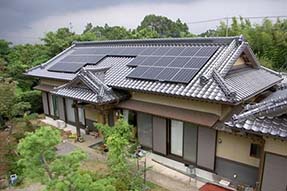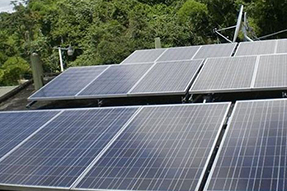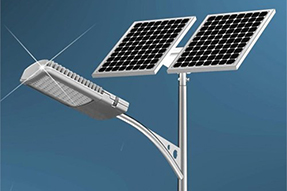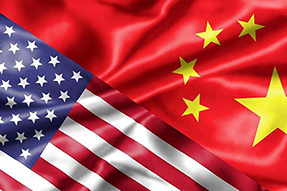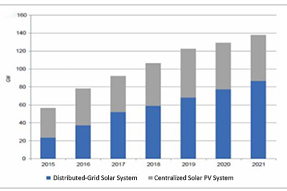What is New Policy for Japanese Solar PV Power Generation ?
Japan’s Ministry of Economy, Trade and Industry (METI) revised its current energy development scheme in August, 2017, It becomes the revise focuses to establish and rebuild nuclear power station, positively develop solar PV industry. As being influenced by unclear leakage accident in Fukushima, Japan’s Ministry of Economy, Trade and Industry hope to accelerate the scheme of nuclear power station establishment, which has extremely contradicted by Japanese consensus. At the same time, Japan has put forward the target that the emission of greenhouse gases should be reduced for 80% by 2050, it implies that renewable energy would become the key development direction. According to data statistics, there is 4.3% of power consumption from solar PV generation in whole of Japan in 2016, while solar PV generation reached 5%-6% between April and September,2016.
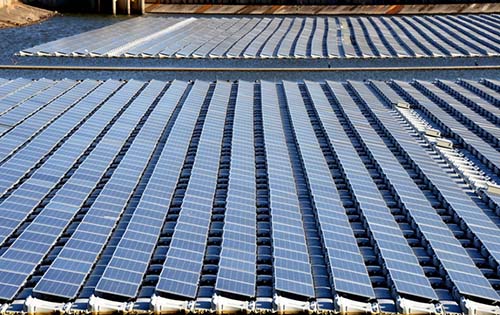
1. The Historical Policies of Japanese Solar PV Power Generation.
Japan had started fixed Net Price policy in 1th, July, 2012, the Net Price of solar PV system which is above 10KW was US$0.365/KWH, the subsidy was continuous for 20 years. The Net Price of solar PV system which is below 10KW was US$0.382/KWH, subsidy was continuous for 10 years, thereafter, the Net Price is adjusted each year. The considerable subsidy has accelerated the rapid development of solar PV installation market in Japan.
In the sixth sessions review conference of renewable energy prices in 2016, Japan’s Ministry of Economy, Trade and Industry (METI) declared the Fixed Net Price of Solar PV generation would be according to scheme to reduce to US$0.191/KWH by 2017, in addition, the solar systems which are above 2MW have started to bid in October, 2017.
2. About Japan’s New Policy.
For the solar system which is below 10KW and the residential solar system which is still not to adopt electric control device, their FIT (Feed-in-Tariff ) would be reduced from US$0.30/KWH to 0.282/KWH. For the non-residential solar PV system which is above 10KW, its FIT would be reduced from US$0.219/KWH to US$0.191/KWH. Those solar projects which are above 2MW would be fitted into bidding scheme, and the bidding price is starting from US$0.191/KWH.
Regards to the purchasing deadline for FiT, it would be according to the stipulation that residential system is 10 years, non-residential system is 20 years. At the same time, the later period for price reduction also is mentioned, it is forecasted that the FiT of residential solar system would decrease to US$0.236/KWH by 2018 and US$0.218/KWH by 2019, while for the solar system which is allocated with electric control, its price would be increased additional US$0.0182/KWH.
From above adjustment of new policy, it is obvious that Japan’s government policy is directed to residential small solar PV system market.
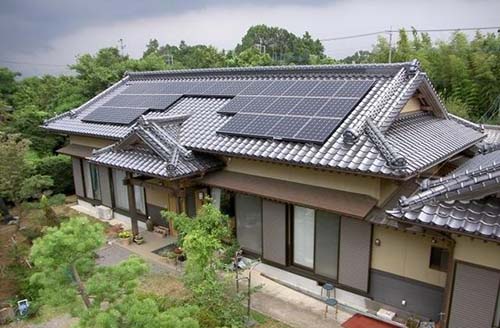
3. The Effect of Japan’s New Policy.
Overall, although the Net Price of FiT for solar PV system is reducing, presently, Japan is still one of the most reasonable subsidies Countries in the world. Moreover, as the goodwill of electric subsidies, Japan is paid attention by investors for solar PV systems.
4. What would be influenced to the uncompleted solar projects before the publishing of Japan’s new policy ?
According to digital data, by 2016, Japan’s accumulative solar installation volume had reached 42.3GW, while the digital approved solar installation volume was about 80GW, namely, nearly 40GW solar PV project is still uncompleted. This project can be classified as two items, one is that the solar projects had been signed contract with State Grid Power companies, these projects would be switched into new policy. Another item is still not to sign contract with Grid Power company, these projects can’t be switched into new policy. As refer to development for later period from new policy, it is predicted that above first item would be accelerated to push since implement of new policy.
Refer to 40GW uncompleted solar projects as above, still nearly 20GW is under non-construction states, according to prediction of 2016 when its solar installation volume was 8.6GW, it still need 2-3 years to complete these projects.
Therefore, under the requirement of new policy, on the one hand most of project companies would complete to establish the projects which are above 2MW and have been approved in 2018, on the other hand, most of project companies would plan to divide the current projects and again to get approved, namely, the projects would be divided to be the projects which are below 2MW, to guarantee the fixed Net Prices of FiT.
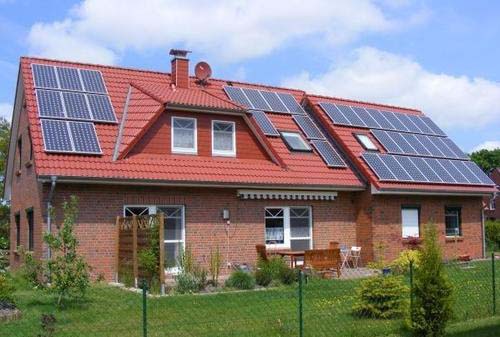
Above is the analysis of current Japan’s policy for solar PV power generation, hope it would be helpful for those who are interested to invest solar PV projects in Japan. Renewable project is good investment option, because it would bring considerable income rate, and it would also benefit energy structure.
Bingsolar Power, 24th, June, 2018
